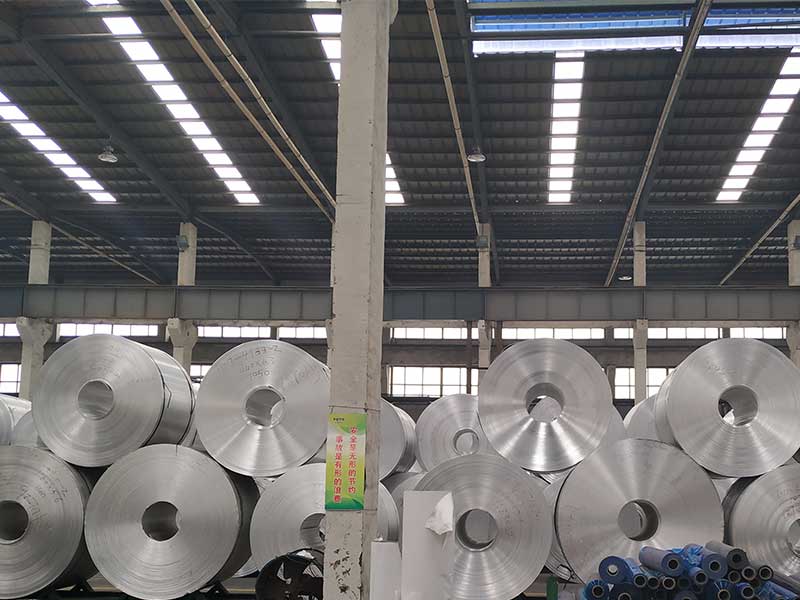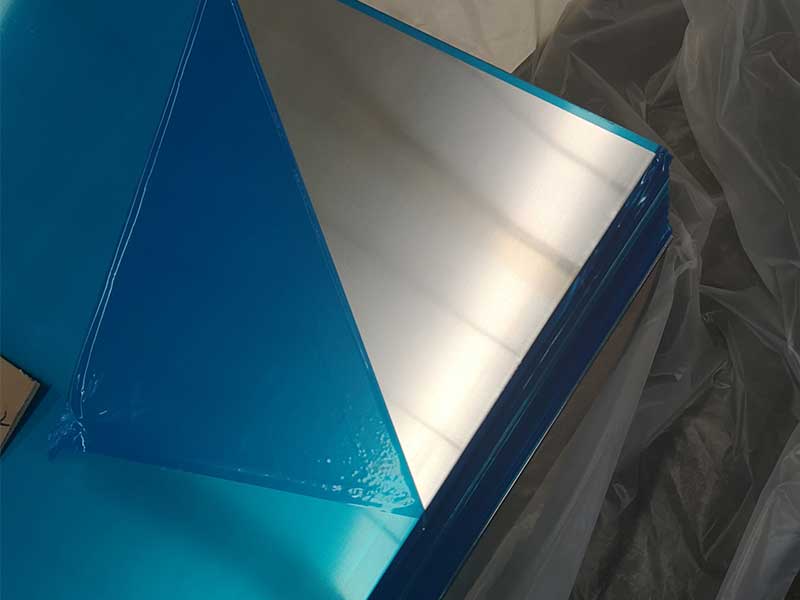Aluminum sheeting items come in a variety of alloys, but one of the most widely recognized materials in the industry is the 3003 aluminum sheet. Owing to its unique characteristics, 3003 aluminum is commonly utilized in diverse applications, ranging from household appliances to industrial equipment. In this article, we'll discuss what makes this particular alloy special and examine its various end uses.
3003 aluminum alloys are composed primarily of aluminum infused with manganese. This unique combination imparts many desirable features:
-
High Corrosion Resistance: One of the standout characteristics of 3003 aluminum sheet is its resistance to corrosion. This attribute is particularly advantageous for applications exposed to moisture and environmental hazards.
-
Excellent Workability: The 3003 alloy features a significantly favorable strength-to-weight ratio, making it quick and easy to fabricate. It’s malleable, enabling it to be easily formed, cut, and shaped according to specific requirements.
-
Good Weldability: Thanks to its composition, the 3003 metal can be easily welded without compromising its integrity, making it a popular choice for various assembly applications.
-
Moderate Strength: While not the strongest among aluminum alloys, it offers good strength for everyday use. With a tensile strength of around 17,000 psi, it is suitable for demanding applications when lightweight and moderate strength is essential.
-
Surface Finishing: Its excellent appearance after anodizing and polishing makes it ideal for aesthetic applications, providing a polished or decorative finish.
Due to these valuable features, the 3003 aluminum sheet finds applications across multiple industries. Below we explore the most common areas where 3003 aluminum is utilized:
3003 aluminum sheeting is extensively used in the food and beverage industry, particularly for storage containers and portable food service items, due to its corrosion resistance and ability to withstand regular cleaning processes. You will often see it in utensils, catering trays, and refrigeration containers, ensuring nutritional safety and hygiene.
An appealing lightweight material, 3003 aluminum sheet offers sufficient strength for manufacturing certain auto parts. It is commonly found in aesthetic and functional components such as side panels, heat shields, and interior features, providing value through economy and performance.
Aluminum’s thermal conductivity is enhanced in the 3003 alloys, making it fitting for parts used in HVAC systems. Custom duct covers or fittings comprised of 3003 sheeting enhance the system's efficiency while meeting the modulation needs of air handling equipment.
In the construction field, 3003 aluminum sheets are recognized for their durability and weather resistance. These sheets are commonly employed in roofing, siding, and curtain wall systems because they resist peeling and ensure longevity while minimizing installation efforts due to their lightweight properties.
Given its reflective nature and easy fabrication options, 3003 aluminum sheeting is frequently used to manufacture reflective traffic signs and safety panels. Its resistance to various weather elements ensures longevity and visibility for heightened public safety.











